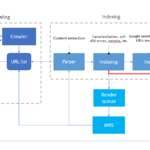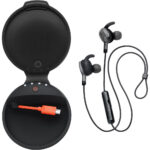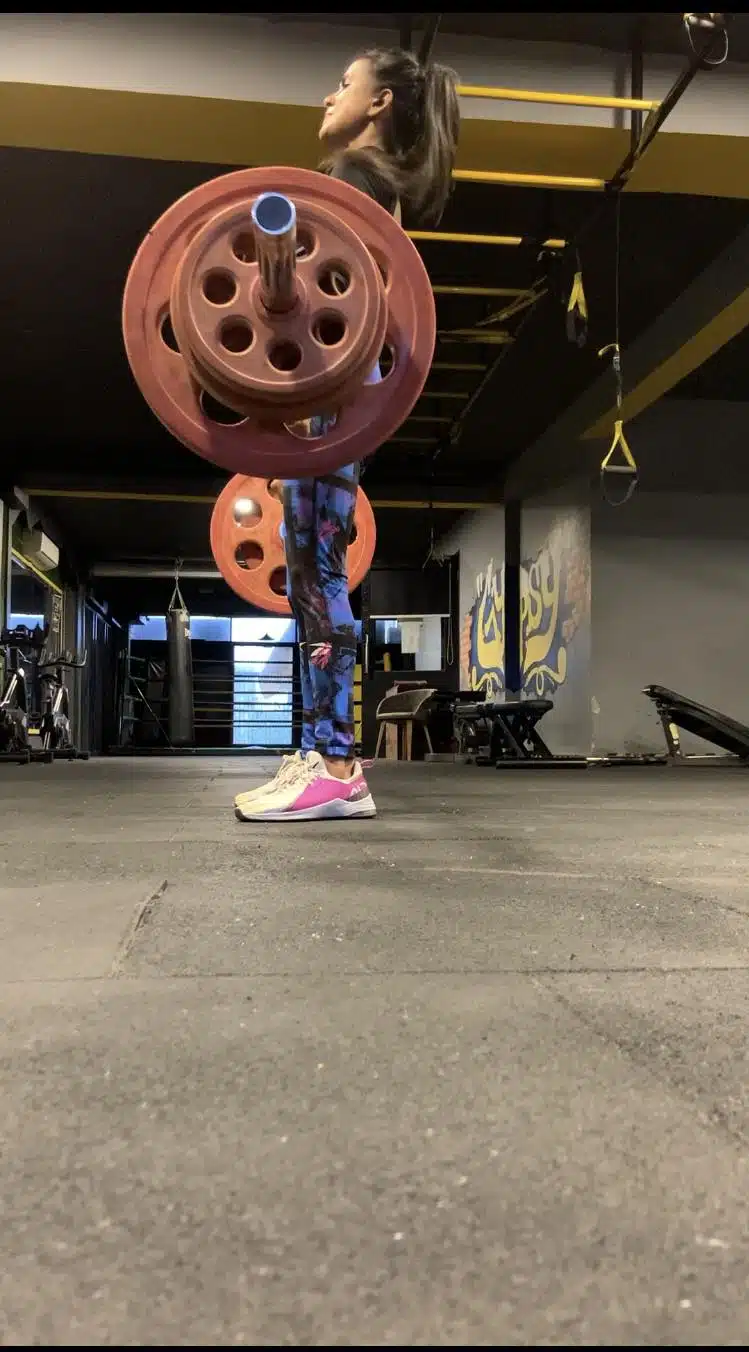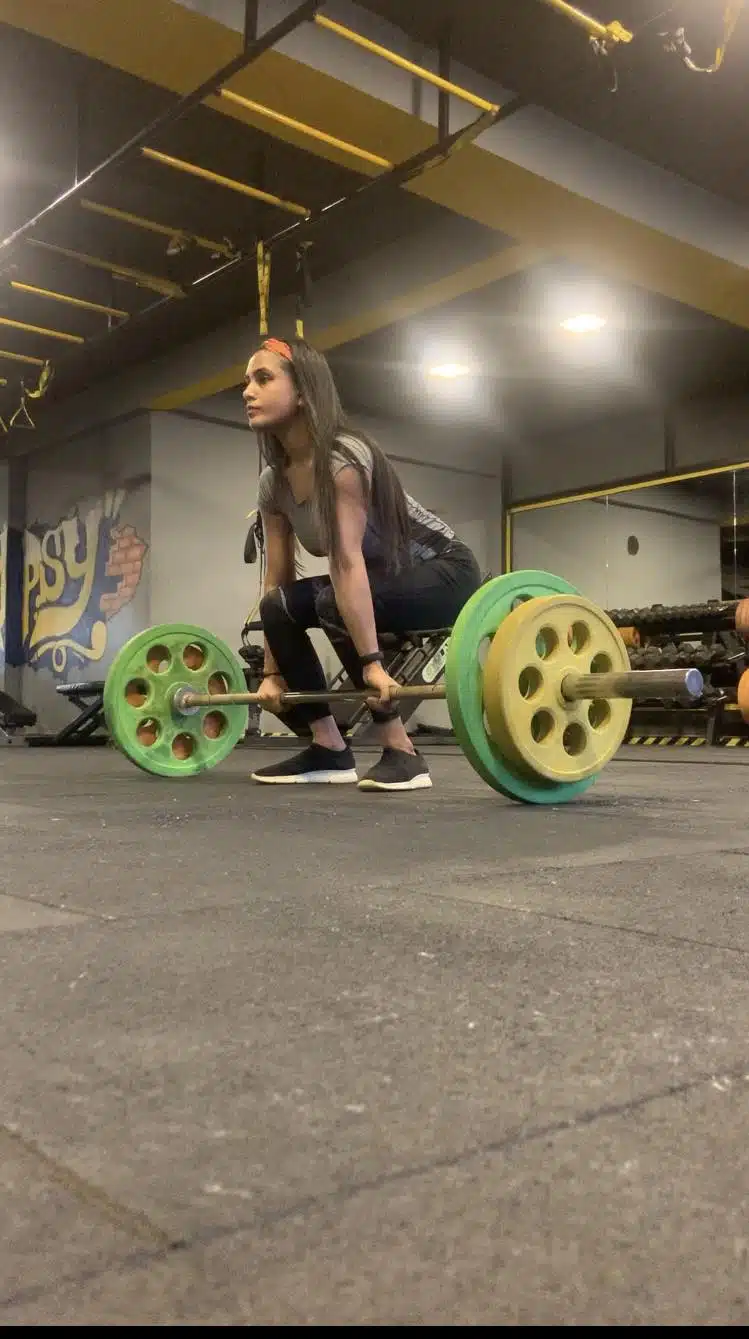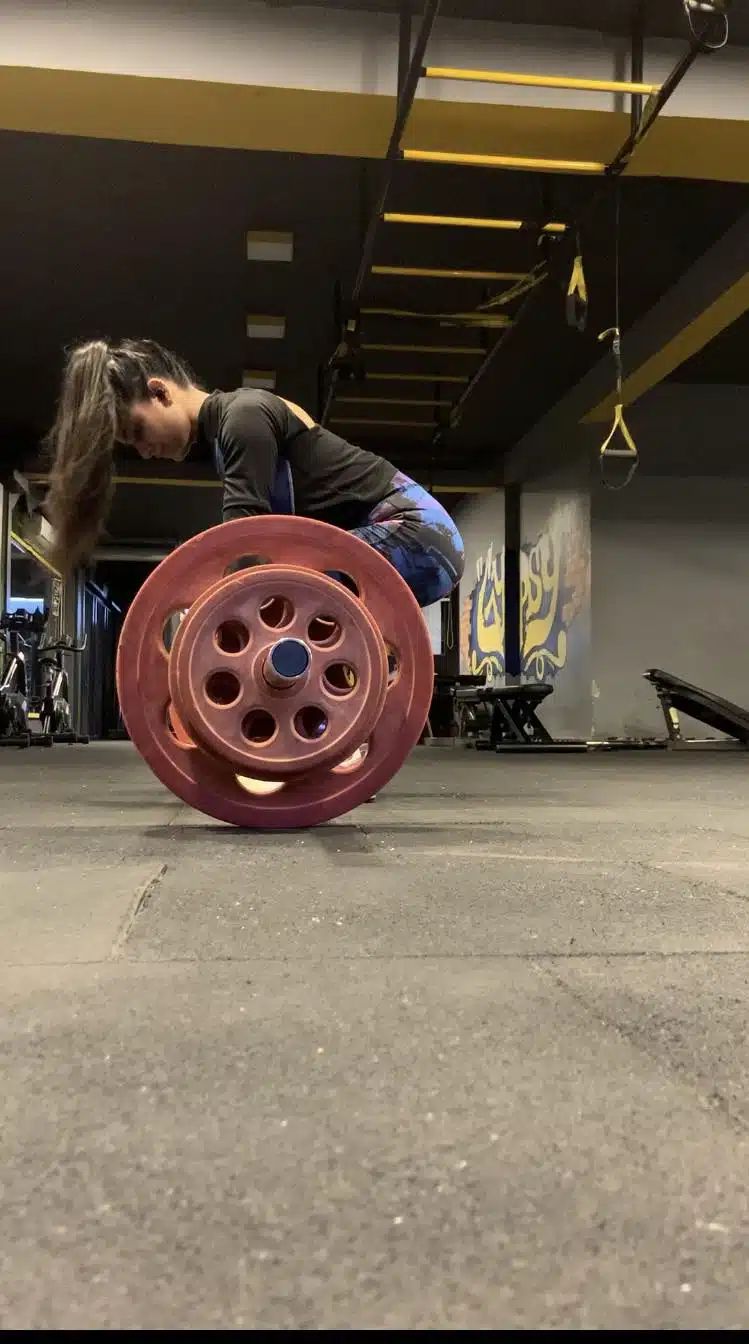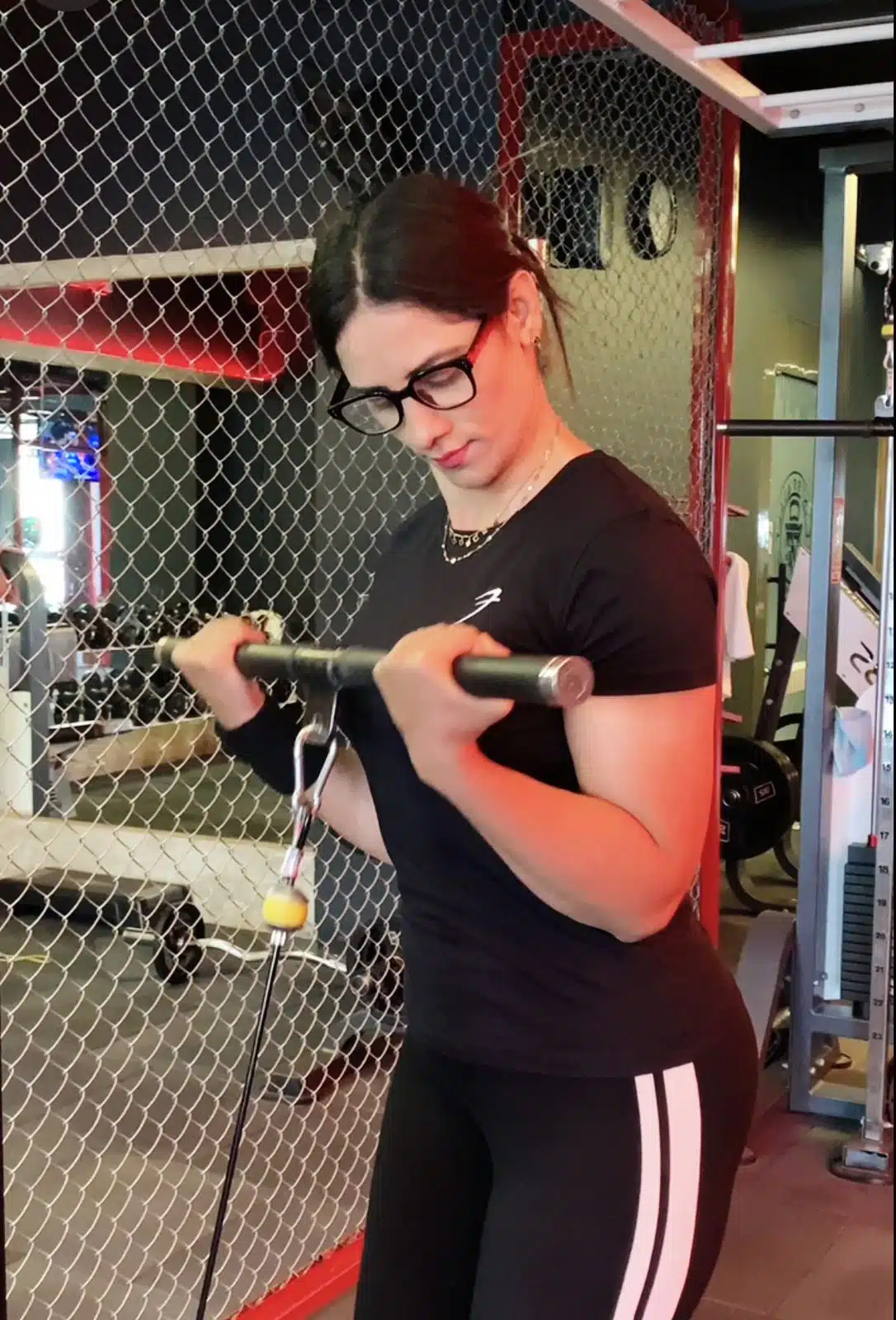Why Deadlifts Are Essential for Weight Loss and Strength Building?
By Deepti Tomar, Fittr Coach
If you’re aiming for fat loss, muscle tone, better posture, or overall strength, deadlifts should be a core part of your workout routine. Often misunderstood as a “powerlifter’s move,” the deadlift is actually one of the best functional exercises for people at all fitness levels — and especially powerful for those focusing on weight loss and fat-burning.
Let’s dive into why this full-body lift deserves a permanent spot in your fitness program.
What is a Deadlift?
Understanding the Movement
A deadlift is a compound strength training exercise where you lift a loaded barbell (or other weights) from the ground to hip level and then lower it back down. It mimics real-life movements like lifting a heavy object from the floor and helps build total-body strength.

Top Benefits of Deadlifts for Weight Loss and Fitness
1. Full-Body Muscle Activation
Deadlifts work multiple major muscle groups simultaneously — glutes, hamstrings, quads, spinal erectors, lats, traps, core, and forearms. This high level of muscle recruitment makes it one of the most efficient exercises in your workout plan.
2. Burn More Calories in Less Time
Since deadlifts engage so many muscles, they require more energy to perform. This increases your caloric expenditure, even post-workout, making it an ideal fat-burning move. Paired with a calorie-controlled diet, deadlifts can accelerate your weight loss journey.
3. Improves Posture and Reduces Back Pain
Weak back and core muscles often contribute to poor posture and chronic back issues. Deadlifts train these muscles to support the spine properly, improving alignment and reducing the risk of injury over time. Regular deadlifting can help you sit, stand, and move more efficiently.
4. Builds Real-World, Functional Strength
This exercise mirrors daily activities like lifting groceries or picking up your child. Improving your deadlift translates directly into better functional performance in everyday life, especially for women managing work, home, and childcare.
5. Boosts Core Strength and Stability
During a deadlift, your core muscles engage deeply to stabilize your body and protect your spine. This engagement enhances core strength, improves balance, and helps prevent injuries in other lifts or activities.
6. Supports Hormonal and Metabolic Health
Heavy compound lifts like deadlifts stimulate the release of growth hormone and testosterone (even in women), which helps in muscle building and fat burning. Additionally, lifting improves insulin sensitivity and metabolic rate, crucial for long-term weight management.
Deadlift Variations for All Fitness Levels
Beginner-Friendly Options
- Dumbbell Deadlift
- Kettlebell Deadlift
- Sumo Deadlift
Intermediate to Advanced
- Barbell Conventional Deadlift
- Romanian Deadlift (RDL)
- Trap Bar Deadlift
Tips for Safe and Effective Deadlifting
- Warm up properly before each session.
- Keep your spine neutral and chest up throughout the lift.
- Engage your core and glutes before lifting.
- Start with lighter weights to master the form.
- Progress gradually and don’t sacrifice form for heavier loads.
- Work with a certified coach for personalized guidance.
Frequently Asked Questions (FAQs)
Q1: Can deadlifts help me reduce belly fat?
Yes, deadlifts burn calories and help reduce overall body fat. However, spot reduction is a myth — fat loss will occur throughout the body, including the belly, with a consistent training and nutrition plan.
Q2: How often should I do deadlifts for fat loss?
Most people benefit from 1–2 sessions per week. Frequency depends on your program, recovery, and fitness level.
Q3: Are deadlifts suitable for women?
Absolutely! Women greatly benefit from deadlifts — they help in toning, strength building, and bone density without making you bulky.
Q4: I have lower back pain. Should I avoid deadlifts?
If performed with proper form, deadlifts can strengthen the lower back and reduce pain. However, consult with a fitness professional or physiotherapist before starting if you have existing back issues.
Q5: Can I do deadlifts at home without a barbell?
Yes! You can use kettlebells, dumbbells, resistance bands, or even a backpack with books to simulate the movement safely at home.
Q6: Will deadlifts bulk me up?
No. Gaining significant muscle mass requires intense training and a caloric surplus. Deadlifts will make you leaner, stronger, and more toned — not bulky.
Conclusion
Deadlifts are more than just a strength-training move — they’re a powerful tool for weight loss, posture correction, core strengthening, and metabolic health. Whether you’re a beginner or experienced lifter, deadlifts deserve a key place in your training plan.
So the next time you hit the gym — don’t skip the deadlift. Train smart. Train strong.
#fittrcoach #deadlift #strong

